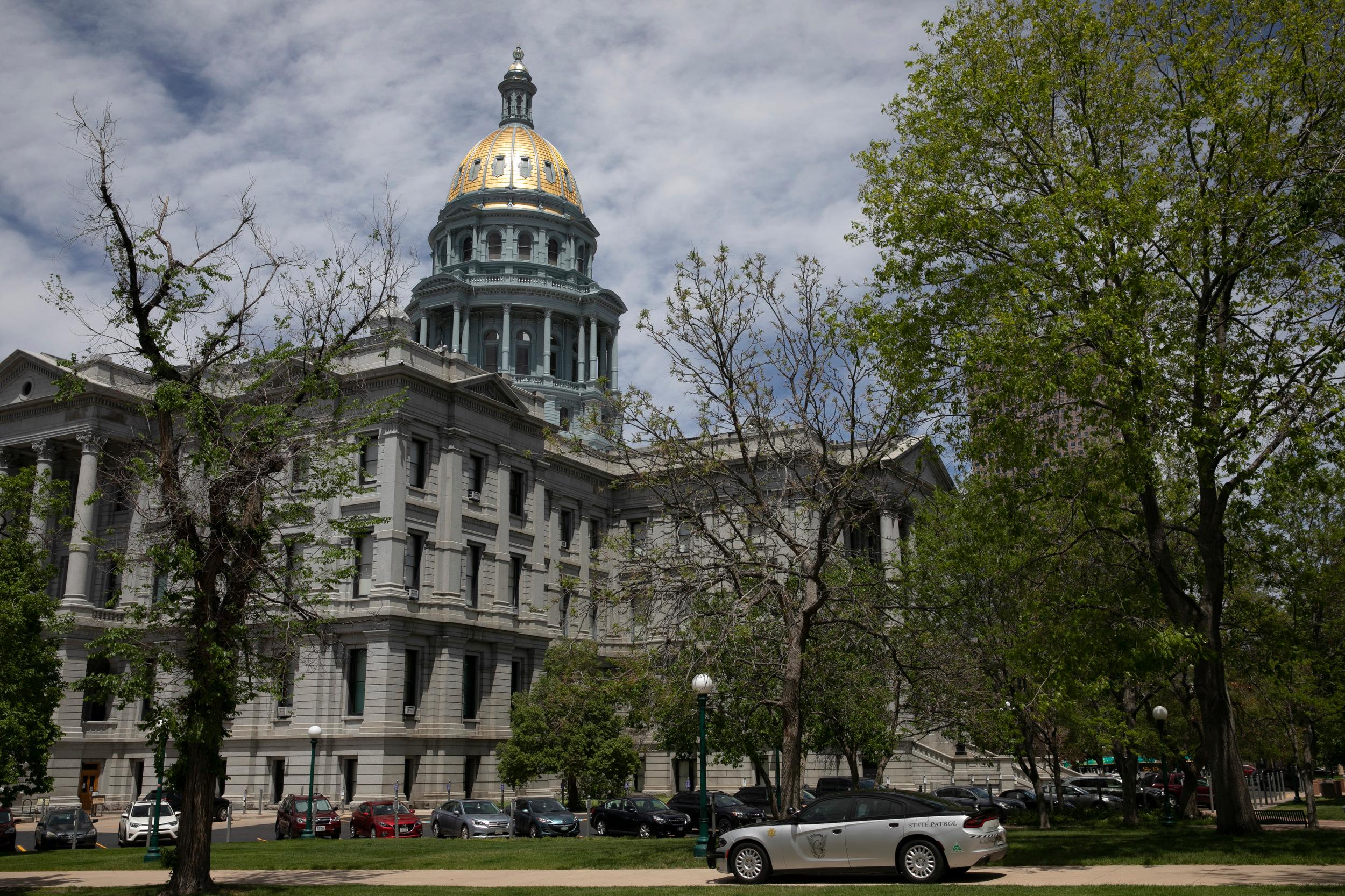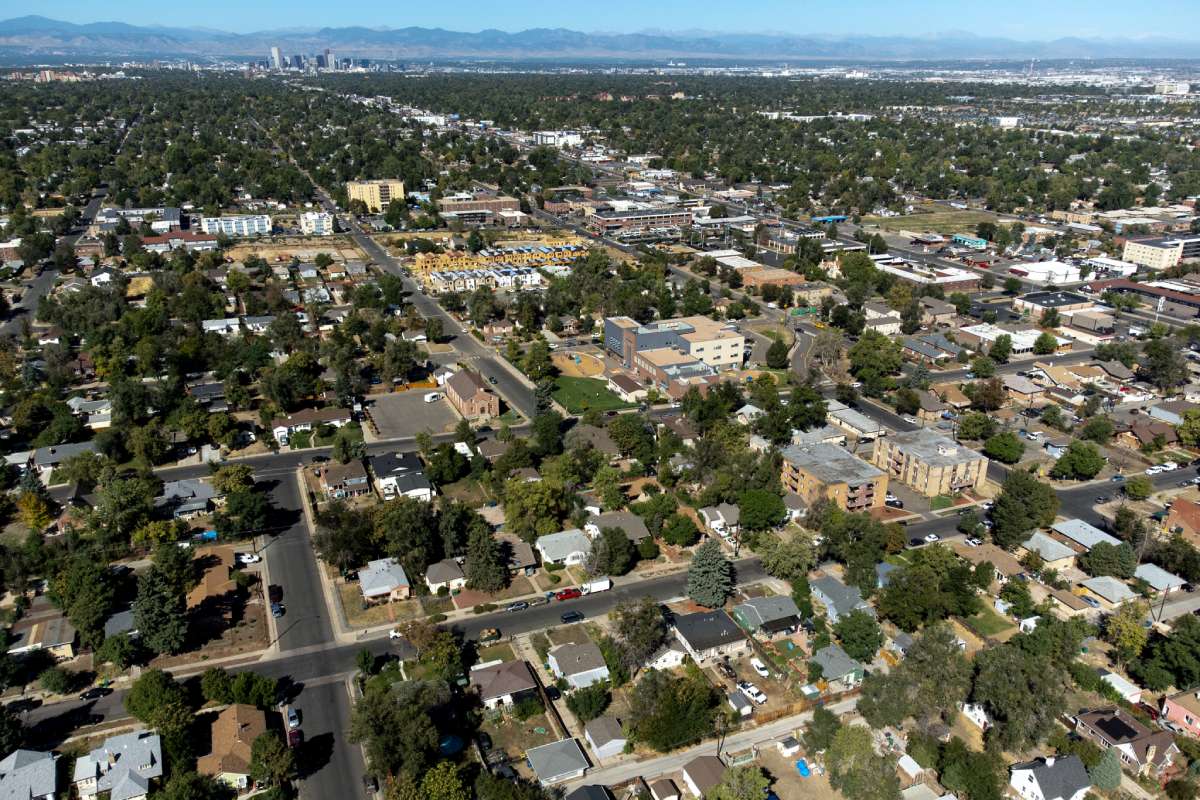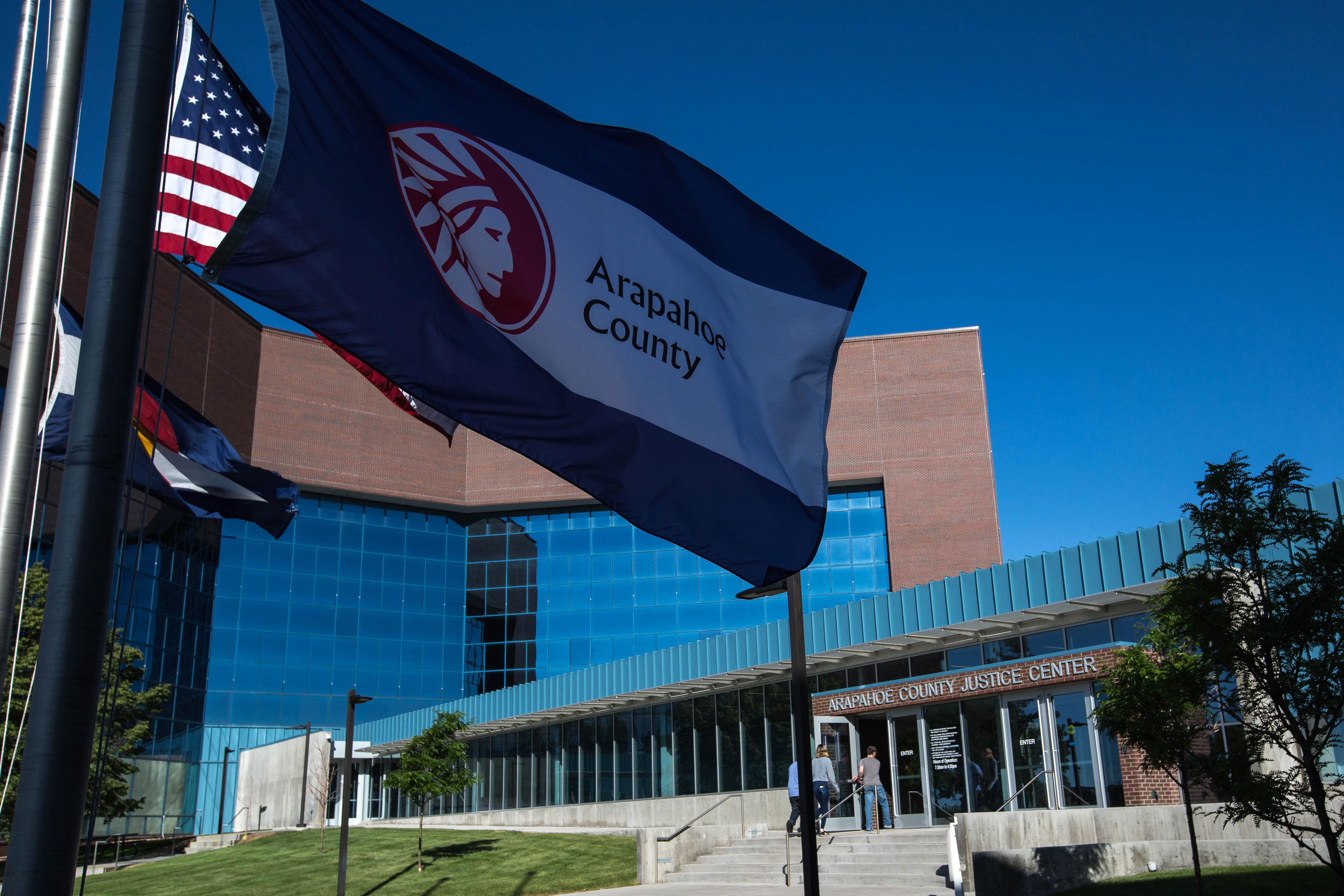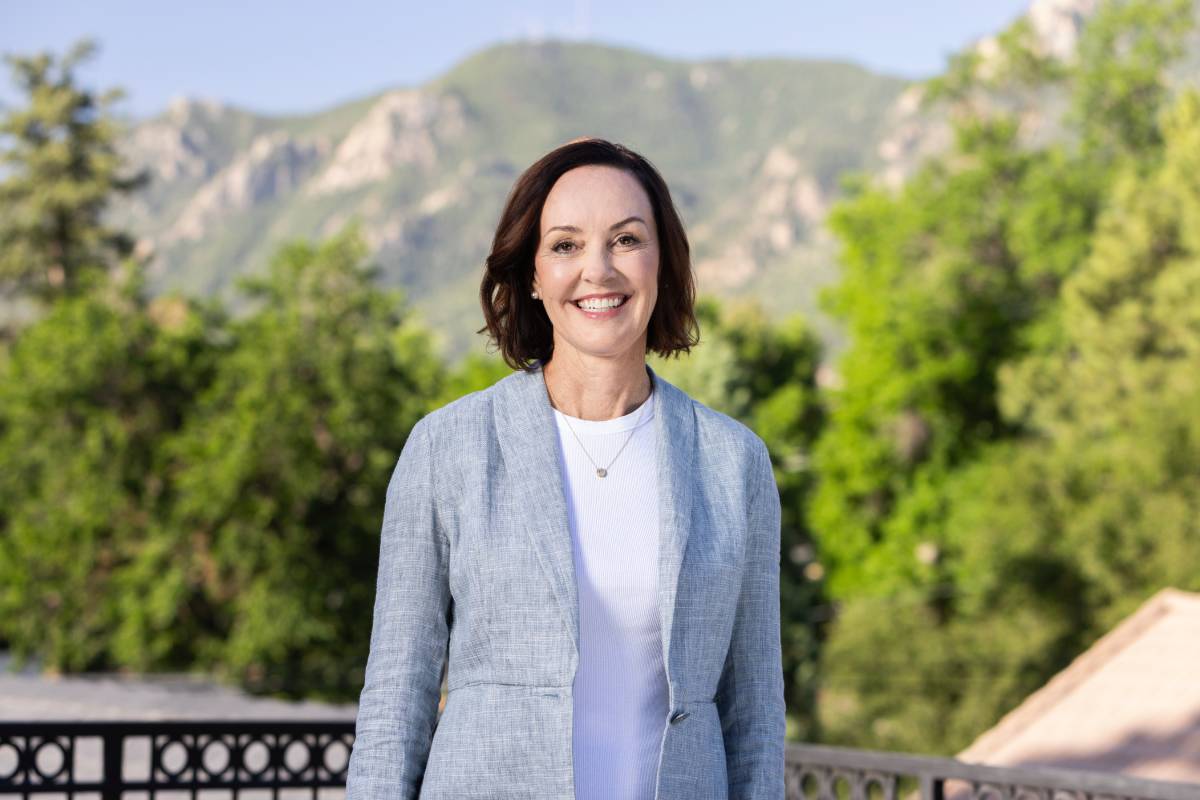
Colorado’s legislature is about to begin weeks of intense debate that will determine what programs and priorities are sacrificed to close a $3 billion-plus gap in the state’s budget.
They already have a starting point: The Joint Budget Committee, a small, bipartisan group of lawmakers, completed a recommended spending plan on Friday afternoon, ending weeks of preliminary debate and planning.
It’s been a grueling and head-spinning effort. Lawmakers at times have choked on emotion as they’ve cut college investments for newborn children, salary funding for state employees and hundreds of millions of dollars in school budgets. In other moments, they’ve laughed in exhaustion.
“It is a historic thing. It’s likely not to happen again — for at least a year,” Republican state Sen. Bob Rankin said wryly as the committee closed its work.
The committee and its staff have drafted more than 40 different bills, all aimed at stanching the bleeding. In a matter of weeks, they have undone months of earlier planning that was made irrelevant by the pandemic.
Even as they rewrote the budget, the lawmakers acknowledged that the ripple effects could spread far and wide — whether it’s hospitals struggling with a new financial reality or the students who will return to school in a de-funded system. The JBC’s decisions mark a day of reckoning for programs that, in some cases, had only recently recovered from the Great Recession.
“The gains we’ve made are going to take a big toll through this budget. Honestly, I think it’s going to take years to get them back to the level they were,” said state Sen. Dominick Moreno, a Democrat and vice chair of the JBC, after one particularly long work session. “People are going to encounter it very personally.”
The largest amounts of money will come from K-12 schools, higher education and health programs, which make up the lion’s share of the general fund that the legislature controls. The legislature faces a drop of roughly 25 percent in discretionary funding, even as the outbreak drives increased demand for government services.
“We used our heads. But it would be impossible for us to make these decisions if we hadn’t used our hearts as well,” said Democratic Rep. Daneya Esgar, the JBC chair. They “spread that hurt” as much as they could, she said. “We took a little from a lot.”
Here is where the plan stood on Friday afternoon, ahead of the restart of the legislative session on Tuesday.
Schools
The legislature will debate a cut of about $724 million to schools, or about 14 percent less in overall state funding, compared to this fiscal year. About a fifth of that sum would be taken from statewide programs and grants like BEST, which supports school construction and upgrades. The rest would come from the “per pupil” funding that goes to each school district.
The full legislature will decide how to carry out that cut.
They could reduce per-pupil funding equally statewide, or find ways to protect poorer areas. To do that, they could adjust the state’s complex funding formula — perhaps by shrinking a factor that awards extra money to areas with high costs of living — or leaning on certain districts with higher local taxes to pay more of their own bills.
The education cut was especially hard for JBC lawmakers, who saved it nearly for last.
“We have made painful reductions in every department, and I think it was always with the bipartisan goal that we minimize, as much as possible, any impacts to K-through-12 education,” Moreno said.
But it was impossible to carry out such a large statewide cut without affecting the schools, which make up 40 percent of general fund spending.
State Rep. Julie McCluskie, a Democrat, stressed that it should be a “one-time” reduction. Rankin said the parties had “worked together” to preserve as much funding as possible.
The announcement of the figure set off shockwaves. As soon as the meeting concluded, Moreno’s phone was flooded with questions and text messages, he said. Federal CARES Act money will make up some of the gap, but lawmakers are still working through the restrictions. Gov. Jared Polis has directed about $510 million of the stimulus dollars to K-12 schools.
“You can’t do a one-for-one (exchange). But it’s a little bit of help. Perhaps that $510 million can help soften the blow,” Moreno said.
Higher Education
The JBC recommended a 58 percent cut, or about $493 million, in state funding for higher education. That loss will also be partially offset by $450 million in CARES Act money.
A separate proposal would partially eliminate the College Kickstarter program, which had provided $100 in college tuition investment for newborns in Colorado. The program started this year. The JBC recommended taking $6 million of its $12 million pool of money.
State Employees And Government
The committee recommended that the state suspend its direct contribution to the PERA retirement system, a reduction of $225 million. The JBC did not run with further recommendations that would have cut another $300 million-plus by delaying planned increases in pension funding and shifting more responsibility to employees.
Departments would be asked to figure out how to cut 5 percent from what they spend on salaries and benefits, totaling about $111 million across various sources of money.
The JBC also recommended reducing Colorado’s cash reserves. Currently, the state government must set aside about 7.25 percent of the general fund. That cushion could drop to about 3 percent next year.
Health And Welfare
The JBC recommended repurposing $160 million of hospital fees that normally subsidize care for the uninsured and Medicaid patients. Normally, hospitals pay those fees based on their overall revenues and get money back based on the population they serve. It’s a set-up that especially benefits safety-net hospitals.
Instead, the money will go to the general fund. The Colorado Hospital Association supported the move because it said other options were worse.
The committee recommended walking back about $11 million for substance abuse prevention and treatment programs, including some new spending, and it temporarily delayed plans for a new Medicaid benefit for people dealing with substance use issues.
The JBC recommended reducing provider rates — the amount the state pays to medical providers for Medicaid — by 1 percent, saving about $30 million. That also would affect private prisons and other services.
Senior Tax Exemption
The state could get about $159 million by suspending the senior homestead exemption, which allows people over 65 to reduce their home tax valuation by up to $100,000.
The JBC could not get a unanimous vote to start a bill on that topic, but Moreno expected it would be introduced in the legislature instead. The legislature would likely leave in place a similar exemption for disabled veterans. The legislature made a similar move during the Great Recession.
Marijuana Money
The state could cash in $137 million of cannabis tax money. Normally, the government can’t touch that money for a year after it’s collected. The JBC recommended $37 million of reductions and delays in programs that normally depend on cannabis money.
The state also could repurpose about $17.4 of money from Colorado’s portion of the tobacco lawsuit settlement, and it could use $17.8 million of tobacco tax money for general health purposes.
One-Time Money
The budget proposal also taps into pools of money the state has saved for various purposes to cover the general fund gap. For example, the proposal takes about $43 million from the unclaimed property trust fund — a pool of “lost and found” resources the Treasurer’s Office manages. There is almost $260 million in the available balance.
To offset the withdrawal, the JBC recommended delaying spending about $90 million from the fund for one of its other designated purposes, affordable housing. State Rep. Kim Ransom, a Republican, said it was “still a mistake” to withdraw money from the unclaimed property fund.
“I am recognizing that we are up against a crisis right now ... but at the same time I’m not going to let a rush get in the way of doing things correctly,” she said.
Republicans have argued the state doesn’t have the right to spend money that is being held in trust for its rightful owners, though it largely goes unclaimed.
Moreno noted that the legislature had already approved similar transfers. Another $46 million for the general fund would come from a pool of oil tax money that is normally used to finance state water projects.
Transportation
The JBC recommended leaning on the state Department of Transportation to pick up the tab for $50 million a year in debt service, which the general fund previously would have covered.
What’s Next?
The JBC’s recommendations must be approved by the full state legislature, which reconvenes at the Colorado State Capitol on Tuesday. Much of passion will likely focus on the K-12 education cut, but each part of the plan is open to debate.
“I look forward to defending our work, together, to the rest of our colleagues,” Moreno said.
This article was updated to correct Rep. Julie McCluskie’s title.









